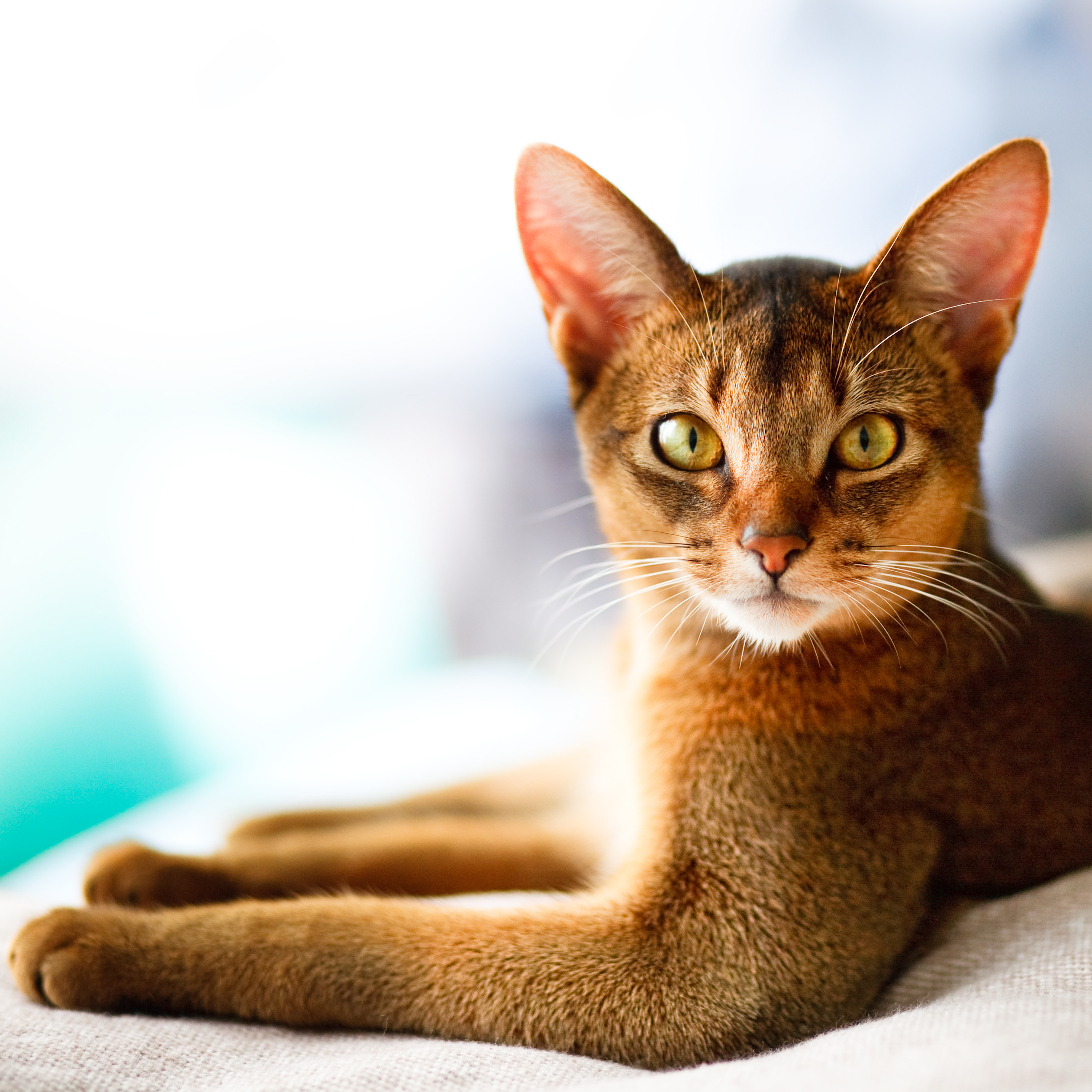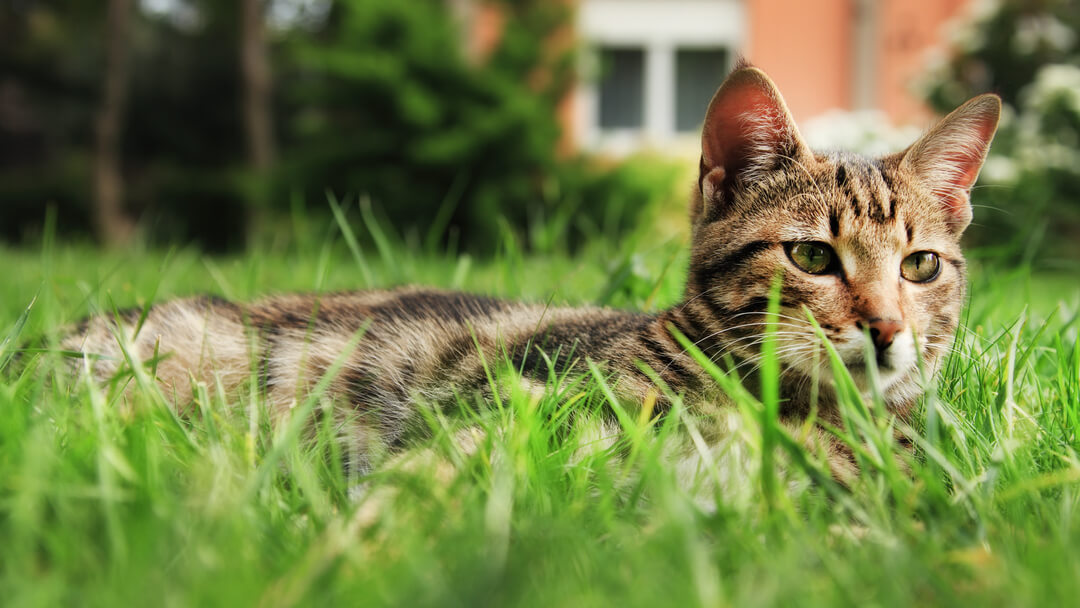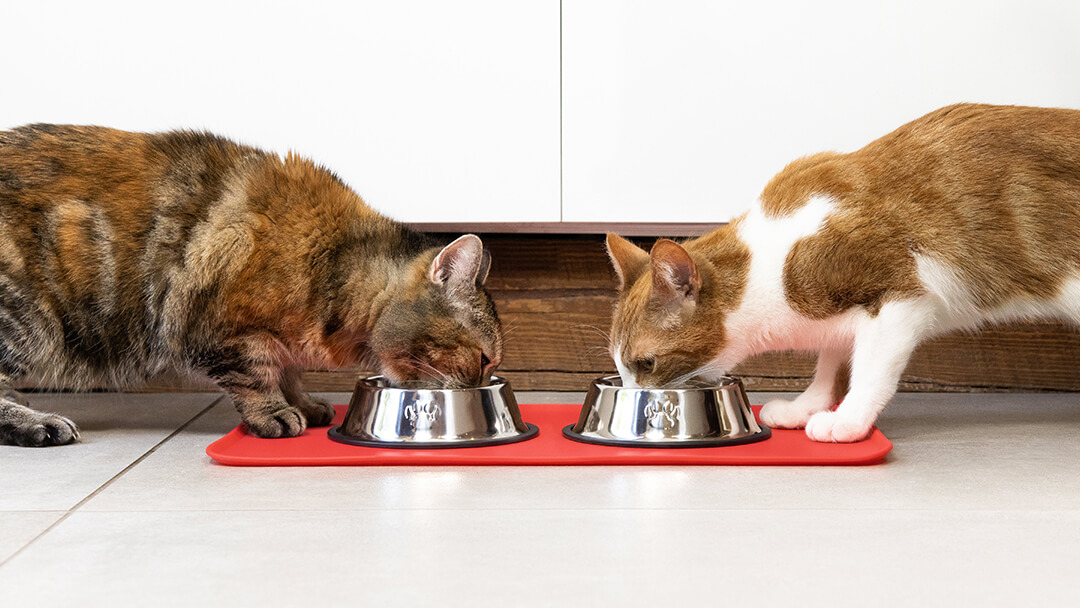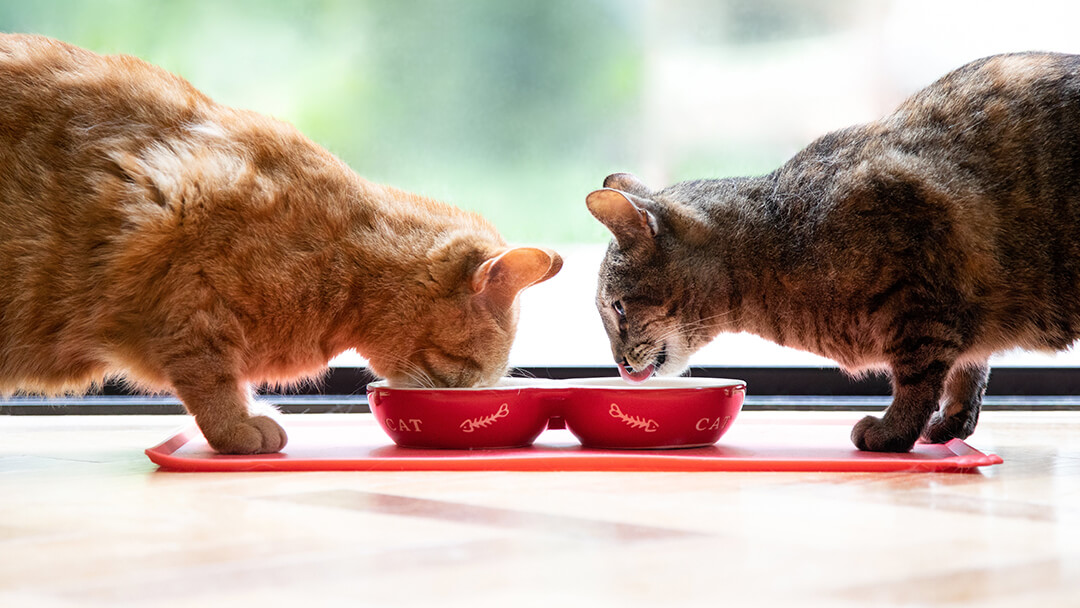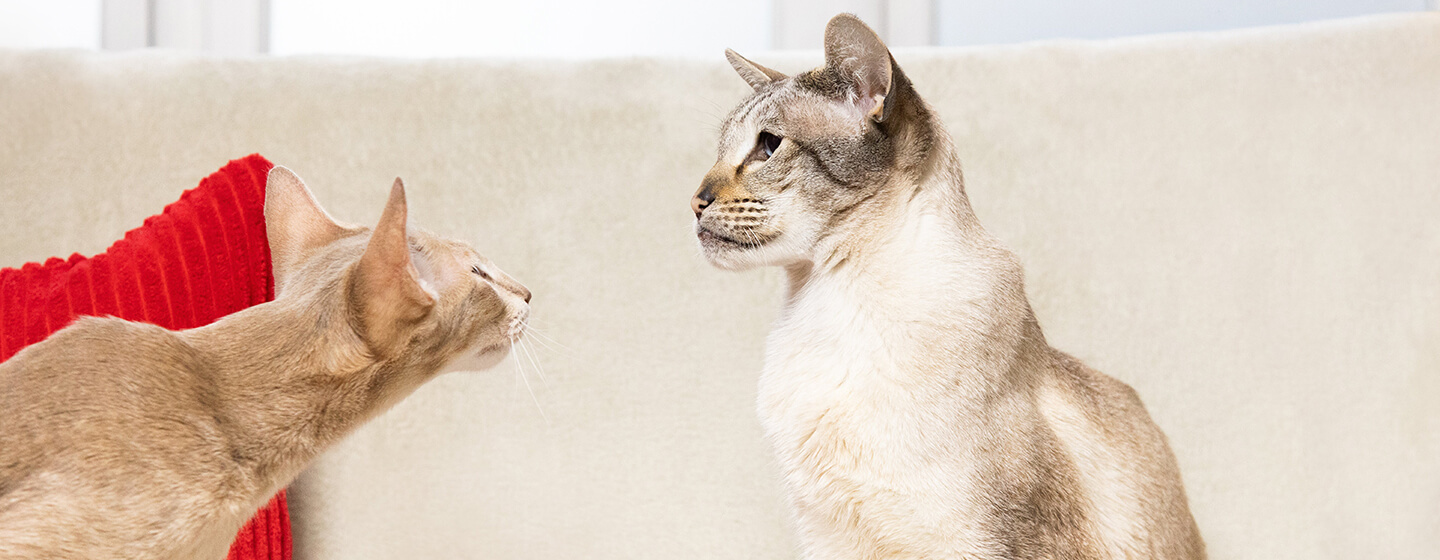

As your cat grows and ages, over time they may become a little less agile than before. With older cats you might see a drop off in physical activity and an increase in sleeping.
While your cat may be in overall great shape for their age, it’s important to look out for any signs of joint problems and arthritis. This condition does affect cats and can be very uncomfortable, so keep on the lookout for the signs of cat arthritis.
What is arthritis in cats?
Arthritis is a condition that occurs as their joints naturally age and the cartilage material between the bones deteriorates and reduces in flexibility. This causes the bones in their joints to rub together, resulting in stiffness and pain. Arthritis in cats is quite common and according to Cats Protection, around 80% of cats over the age of 10 have some form of the disease.
What causes arthritis in cats?
Arthritis in cats is caused when damage occurs to your cat’s joints, making them painful to move. Most commonly, arthritis in cats is a result of the ageing process as the cartilage between the joints deteriorates and reduces in flexibility. However, younger cats can also get arthritis if they have suffered from an injury or infection in the joint.
The most common type of arthritis in cats is osteoarthritis, which happens as a result of repeated wear and tear of joints, and can also develop as a result of a previous injury.
Symptoms of arthritis in cats
Cats that suffer from joint problems such as arthritis (also known as degenerative joint disease or DJD) can exhibit symptoms of lameness, and may have difficulty in climbing or jumping onto furniture, grooming themselves or accessing the litter tray.
There are four main symptoms of cat arthritis to look out for:
Changing how they move:
- Your cat may be more hesitant in their movements, and less likely to jump onto furniture that is out of reach.
- They may even experience difficulty in climbing or descending stairs.
- Your cat may exhibit tiredness or a lack of interest in exercise.
- Cat arthritis can cause stiffness in the legs. Watch your cat moving after they wake up, as signs of stiffness or lameness may be more evident after a long period of inactivity.
Being less active:
- As a result of cat arthritis, your cat will probably rest and sleep much more. They might also lie down in different areas that are easier to access.
- Your cat may also be less inclined to play or explore as cat arthritis makes it more difficult to move.
A change of grooming habits
- Your cat may groom less as a result of cat arthritis. This can result in a dirty or unkempt coat that might appear matted.
- Your cat may focus on grooming areas that are in pain, such as excessively grooming over a particular joint. This could even lead to hair loss over that joint.
Mood changes
- If your cat exhibits irritation at being handled where previously they enjoyed close contact then this could be a sign of cat arthritis.
- Your cat may seek to spend more time alone, avoiding meeting people or other animals.
Diagnosis of cat arthritis
If your cat demonstrates any of the above symptoms, it’s a good idea to take them to the vet to be diagnosed. Your vet will conduct a thorough clinical examination to check for cat arthritis, which involves moving the joint to check for any stiffness, pain and grating.
Your vet may also conduct X-rays to check for any changes in your cat’s joints and bones and to monitor the overall progression of your cat’s arthritis. They may also wish to do a blood test or a joint fluid analysis to ensure it’s not an infection.
Cat arthritis treatments
While there’s no permanent cure for arthritis in cats, you can still try to slow down the progression of arthritis and improve your cat’s quality of life with treatments that can help reduce their symptoms and associated pain. Speak to your vet about possible treatment options, but they may include:
1. Specialist diet
The first consideration may be a specialist diet. This is good for the long term as it can help to improve movement and make your more active over time. Our senior cat food is an ideal diet for arthritic cats, as it has added minerals and vitamin D to promote healthy bones and improved mobility.
2. Weight management
If your cat is overweight, it can make their arthritis worse as it puts stress on already painful joints. The best way to reduce their weight is with a healthier diet and making sure that they continue to exercise. You should consult your vet before exercising a cat with arthritis, and they will also be able to help in developing a suitable exercise regime. Excitable activity and play should be avoided, as this could make arthritis in cats become painful.
3. Medications
Prescription medications such as anti-inflammatories and pain killers can help improve your cat’s quality of life. These medications offer immediate relief and can help manage your cat’s arthritis while you set up a long-term management plan. Be sure that you give your cat medications that are prescribed by a vet and specifically designed for cats, as ones for humans are not suitable, too high in dosage and may be toxic.
4. Supplements
Sometimes supplements can be effective in treating cat arthritis. These include essential fatty acids, glucosamine, cod liver oil and chondroitin. It’s often difficult to assess if these actually help or not, so supplements should only be used under veterinary advice. Again, do not give your cat supplements for human consumption.
Usually a combination of treatments is the most effective way to help with cat arthritis, but it’s always best to consult your vet who can help you develop a personalised treatment plan.
Cat joint care at home
If your cat has been diagnosed with joint problems or cat arthritis there are a few things you can do to make their life a little easier:
- Make sure everything they need is easily accessible. Buying a cat litter tray with a door, or buying a soft bed with no hard edges will make them much easier to use.
- Try providing steps to places they could previously jump up to, making sure that they can still continue to enjoy their favourite spots.
- Increase your time grooming your cat, and focus on areas that are hard to reach.
- Give them plenty of space if they don’t want to play.
Next, find out more about caring for your senior cat with our expert guide.
More articles by Pro Plan




